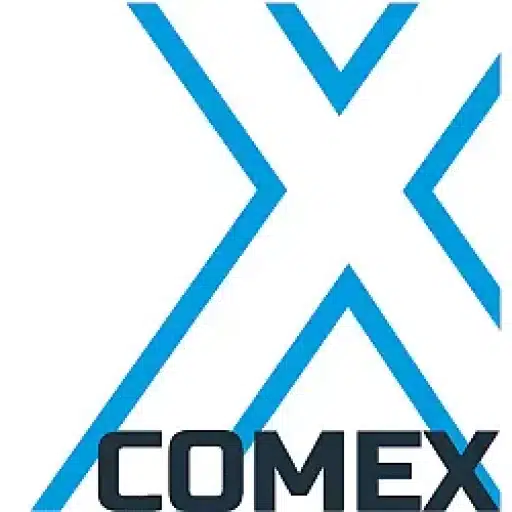+31 (0)43 30 88 400 | office@comex.eu

Are you ready for the Clexit?
Clexit stands for “cloud exit. Not that you should leave the cloud immediately, but it’s good to think about a strategy for doing so. But why leave the cloud? First, it might be technologically necessary to store data locally again, for example, if the bandwidth is not large enough to work quickly through the cloud. Equally important, you need to be able to switch cloud providers quickly. Then you should be able to leave your current provider.
Time and money
And then it is good to realize that down- and re-uploading a large amount of terabytes of data takes quite a bit of time. And money, because you pay for the bandwidth. An average company easily needs about two weeks for a total download of data, assuming the rest of the company is not using the available Internet connection.
Where are the dates
Those who store data through a cloud provider have no idea where that data is stored. Frankfurt, London, Shanghai? The provider uses reasons that you as a customer do not know or at least have no control over. Your data are everywhere and nowhere: you can’t ask the provider for your ten hard drives with your data for the simple reasons that they don’t exist. On top of that, you can’t be sure that all your data is gone and not still lying around on a server somewhere. For many companies that store privacy-sensitive data, having that tightly regulated is a prerequisite. Something to dwell on.
Much simpler and more secure is storage in Silent Bricks, both locally and also with cloud providers. Of course, we can tell you all about that. Feel free to inquire about options and providers that offer simple clexit strategies.


